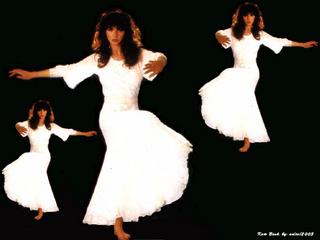
A short "tribute" to Geoff Jones. Head of Steam.
This blog is where works in progress by Philip Sanderson are posted along with thoughts on the moving image, sound, photography and anything else. Scroll down for an index of previous posts.



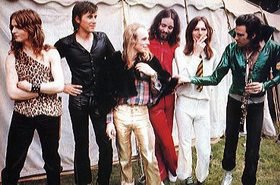
Sometime circa 1972 before they were very famous Roxy Music were out on tour in a transit van; feeling the need for sustenance they pulled up at a greasy spoon causing some consternation among the regular clientele when Eno and the boys marched in resplendent in their stage gear of platform boots, fake leopard skin tops and eye liner. History doesn’t record what they ordered, but one can almost guarantee that at least one of the band had a full English breakfast.
A full English breakfast is one of those of things that make life just that little bit better. Comprising: sausages, bacon, eggs, baked beans and fried tomato, there is something comforting about a full English and a mug of British Rail strength tea. It is even a folk remedy for hangovers. Personally I get a craving for a full English breakfast on an almost weekly basis but normally manage to hold out, and just have one a month.








 However what if one could take hold of the process and in a push pull sort of set up ride the fractal wave without letting it go all gooey on you? What if you could use fractal technology to look into the underside of organic mutation? What if rather than using fractals to create organic looking shapes, you took photographs of organic shapes and used fractals to disassemble them?
However what if one could take hold of the process and in a push pull sort of set up ride the fractal wave without letting it go all gooey on you? What if you could use fractal technology to look into the underside of organic mutation? What if rather than using fractals to create organic looking shapes, you took photographs of organic shapes and used fractals to disassemble them?
 Such thinking was behind woodgreen. A simple picture of some foliage is turned in a self-propagating algorithmic undergrowth that grows and simultaneously self dissects. The soundtrack is composed by the variations in shape and colour.
Such thinking was behind woodgreen. A simple picture of some foliage is turned in a self-propagating algorithmic undergrowth that grows and simultaneously self dissects. The soundtrack is composed by the variations in shape and colour.
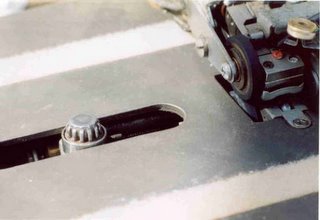

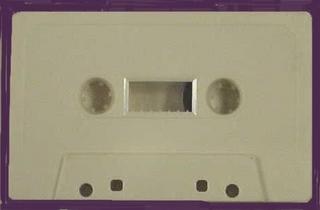
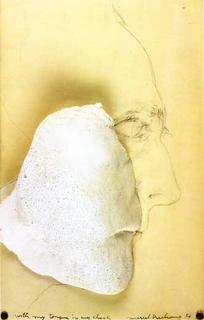


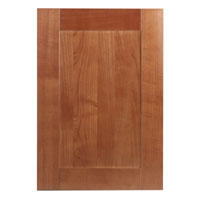


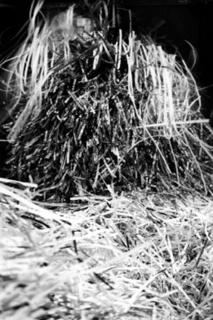

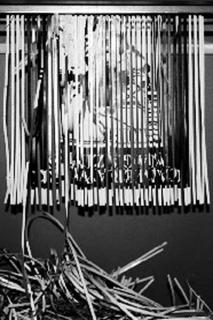
A Rocco Din is an anagram of accordion, and the piece started out life in 2001 when I first began experimenting with software that can synchronise sound and image. Many of the installations I made throughout the 1990’s also linked audio and the visual, often through analogue triggering devices reworked from circuits originally designed for discothèque lighting. In the same way the first apps that became available for synchronised sound and image manipulation were intended for those somewhat unloved practitioners the VJ.
The VJ has yet to attain the dance floor status of the DJ, and many VJs seem happy providing a visual backdrop to the records being played. Taking the music as a given, something to be added to, makes what could be a potentially interesting form of expression into something that is arguably compromised. However as with the disco lighting circuitry once one takes charge of both audio and visual elements, something far more interesting can be squeezed out of VJ software.
Videodelic is just such a programme. From U and I software. Designed with the VJ and simple thumping beats in mind, if left to its own devices it can have you producing some nice, but fairly meaningless eye candy in no time. With a lot of patience one can get the programme to do more interesting audio-visual combinations.
With A Rooco Din what started as a simple idea in 2001 to get the accordion to visually play itself, took some three years to get right. The music and picture movements were written simultaneously. The pitch of the notes corresponds to the digital manipulation of the image. So for example if one wanted the image to rotate one would write an ascending sequence; the greater the span of notes the greater the rotation. The faster the notes the quicker the speed of the spin and son. This principle can be extended to image stretching, overlaying, colouring, feedback and so on.
The results to some extent echo those of experimental animators such as Norman Mclaren except in McLaren’s case he either wrote to completed scores or music was added afterwards. By “composing” music and image movement at the same time it is possible to extend the paradigm. In the case of A Rocco Din the accordion music is playing the image of itself (a single photo of the instrument). This seemed a nice twist on actual accordion playing where the variations in melody and tempo are accompanied by quite physical movement on the part of the accordionist and accordion.
So rather than the rude and artificial separation that occurs in reproduced music and video the two senses are reunited but in an unpredictable way; the accordion moves as the music rises and falls but not in the usual way.
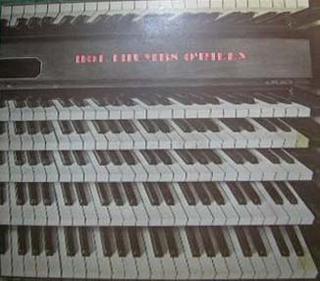

Overheard Overhead was the final show at the Vestry staged the bleak mid winter of February 1997. Having turned my back on all things Film CO-OP some six years before I was nonetheless working with a form of what might be called expanded cinema. In Overheard Overhead however the whole apparatus of lens-based projection is abandoned in favour of a “lens free” moving image practice with all the surfaces of the exhibition space becoming a continual screen.
The idea behind the piece was partly inspired by walking through Leicester Square in the early evening when one could hear a mass of birdsong coming from the branches above but not actually see any of the feathered singers. In a continual quest to make the audio visible and vice versa I experimented with a circuit that produced changes in light intensity between four bulbs synchronised to the rising and falling birdsong. Using the lights to cast shadows on branches produced a network of overlaid filigree patterns that in some way seemed to visualise and plot the intricacies of melody and communication.
These patterns were projected onto walls floor and ceiling, creating a sensation of walking inside the sound. The birdsong’s volume inside rather than out also worked a reversed non-diegetic effect with off stage (in the wings so to speak) becoming centre stage.




